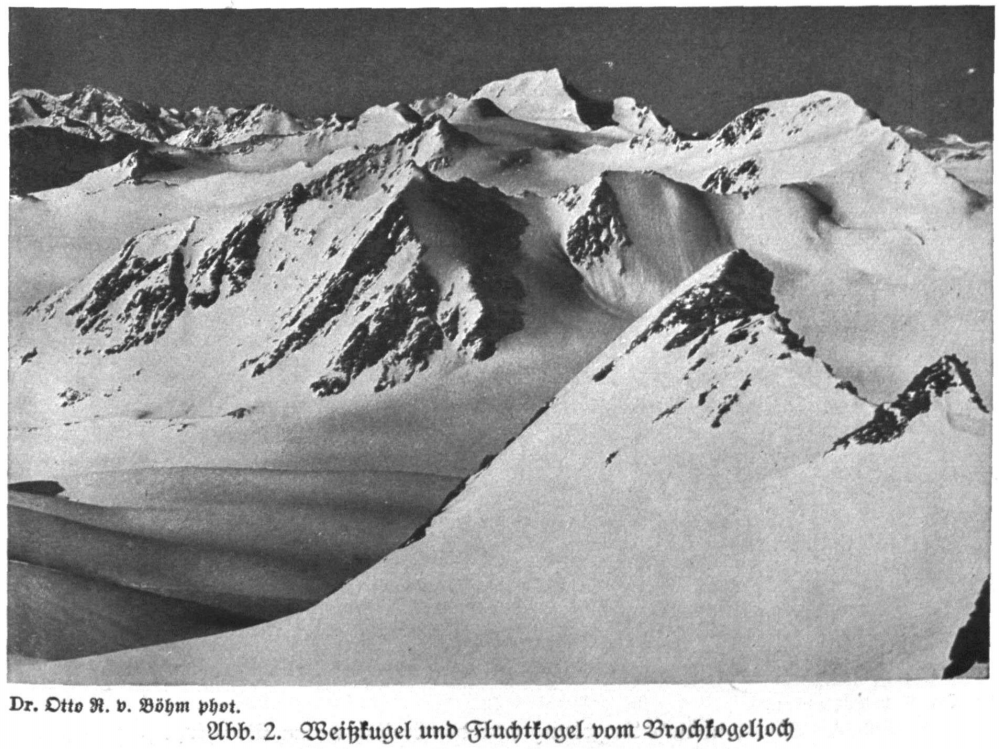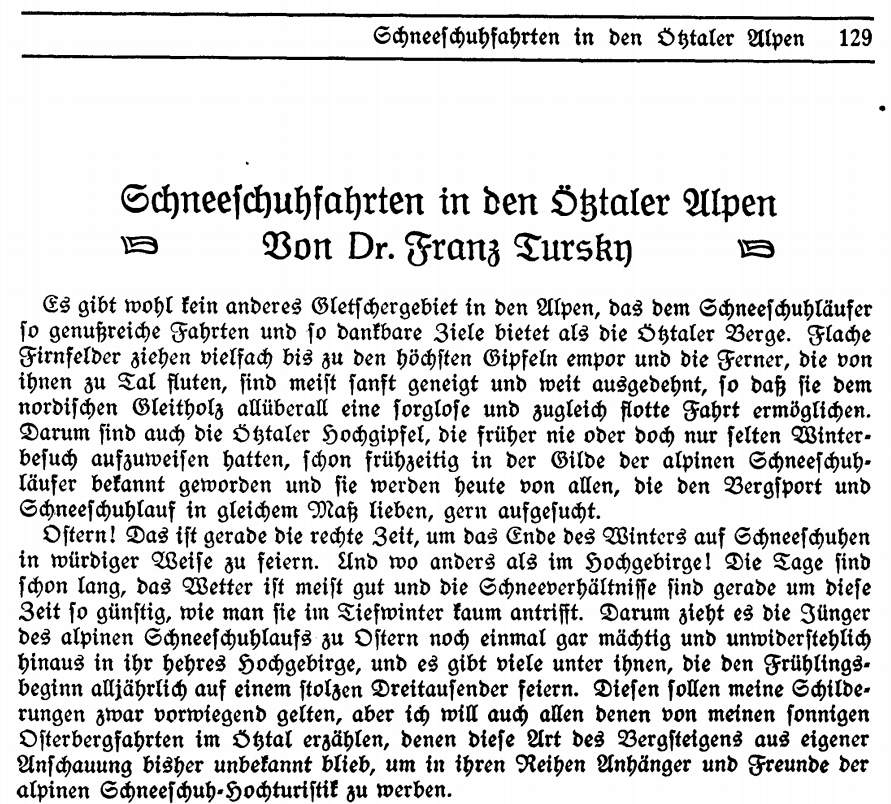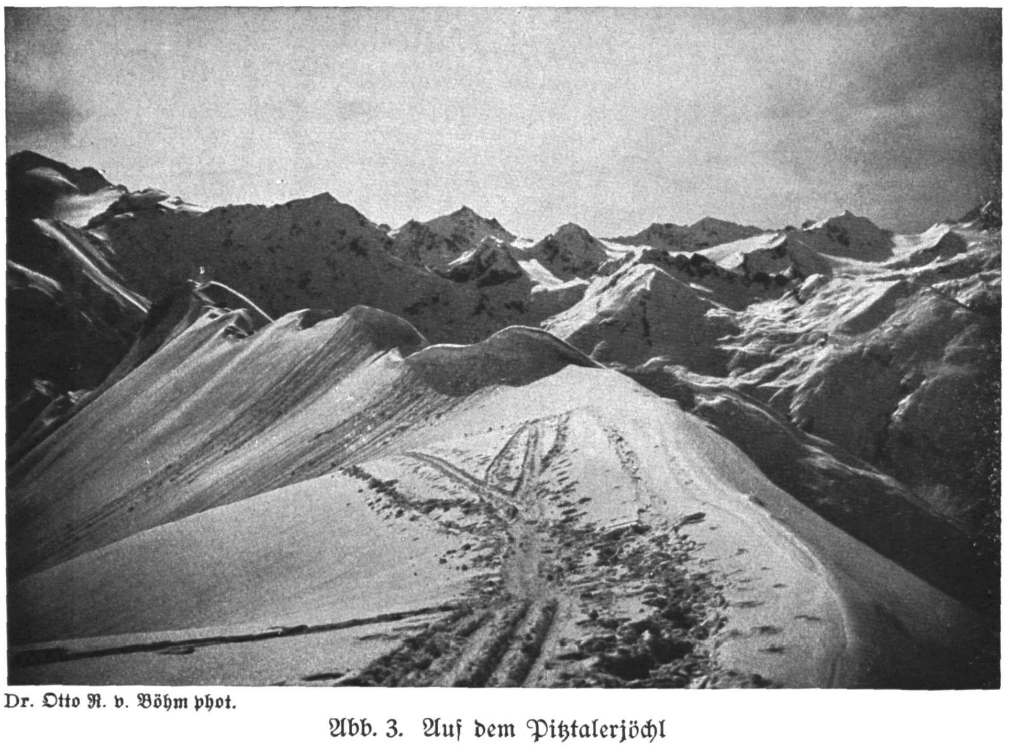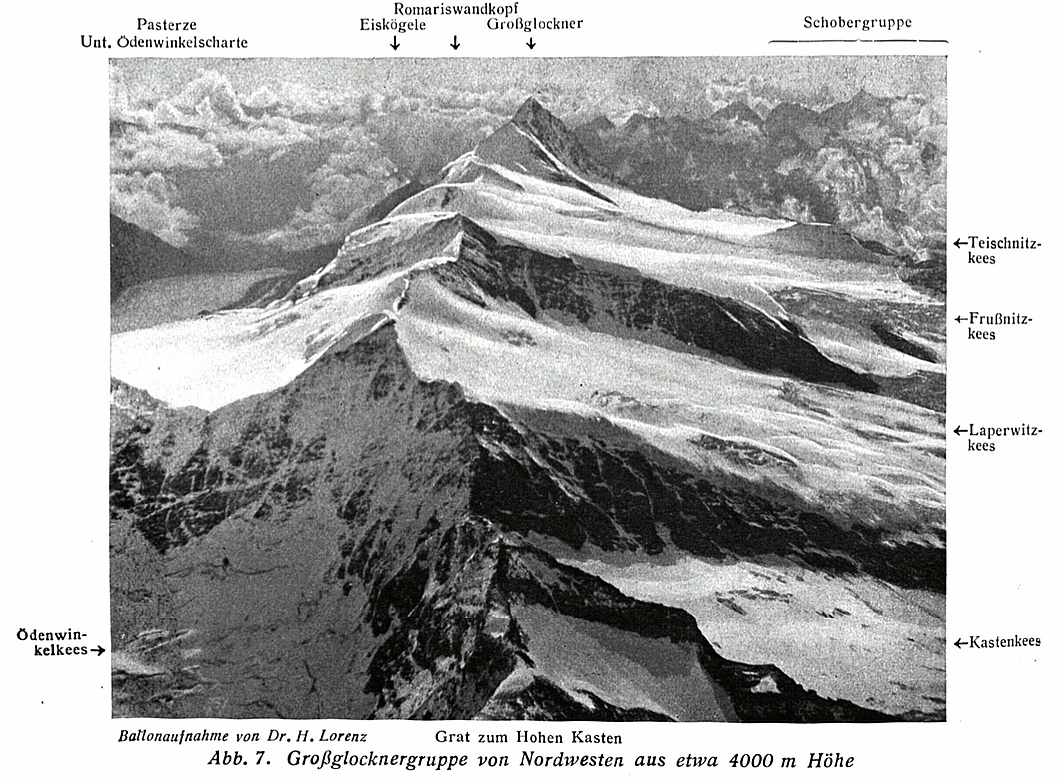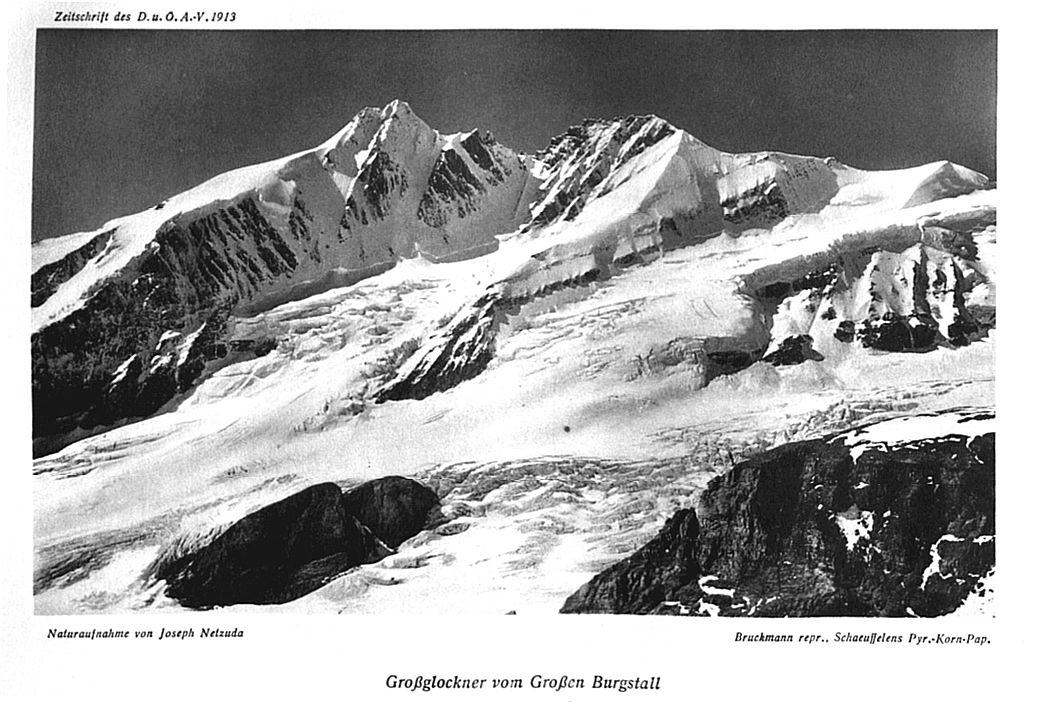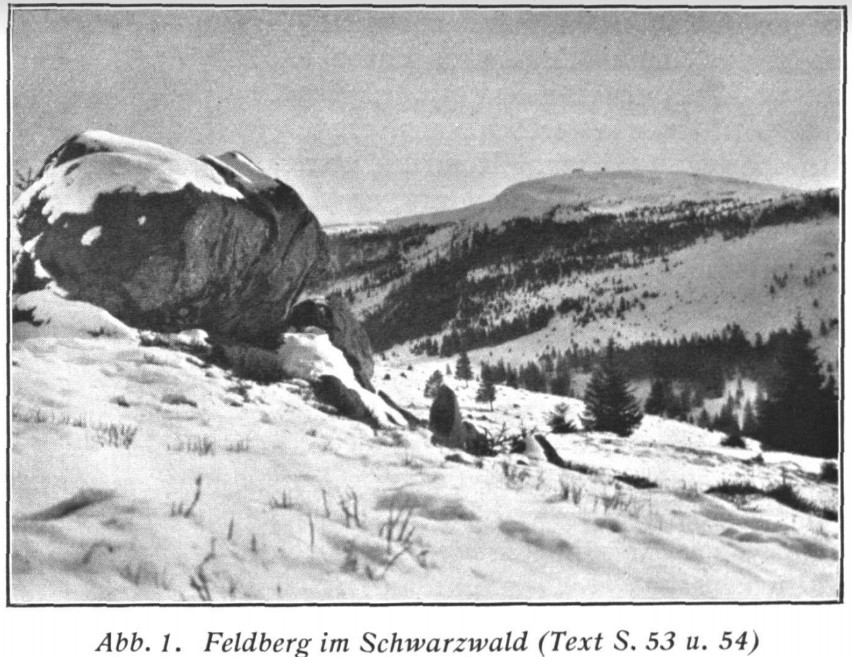Snowshoeing in the Ötztal Alps
By Dr. Franz Tursky
There is probably no other glacier region in the Alps that offers snowshoers such enjoyable trips and such rewarding destinations as the Ötztal mountains. Flat firn fields often rise up to the highest peaks and the glaciers that flow from them down to the valley are mostly gently sloping and extensive, so that they allow Nordic skiers a carefree and at the same time speedy ride everywhere. That's why the Ötztal high peaks, which in the past never or only rarely had winter visitors, became known early on in the alpine snowshoeing guild and are now popular with all those who love mountain sports and snowshoeing to the same extent.
Easter! This is just the right time to celebrate the end of winter on snowshoes in a worthy manner. And where else but in the high mountains! The days are already long, the weather is usually good and the snow conditions at this time of year are more favorable than in the depths of winter. That's why the disciples of alpine snowshoeing are once again powerfully and irresistibly drawn out into their lofty high mountains at Easter, and there are many of them who celebrate the start of spring every year on a proud three-thousand-metre peak. My descriptions are primarily intended for them, but I also want to tell everyone about my sunny Easter mountain trips in the Ötztal, to whom this type of mountaineering was previously unknown from my own experience, in order to recruit supporters and friends of alpine snowshoe mountaineering in their ranks.
How wonderful was Easter 1914, which I spent in the Ötztal high world in the cheerful company of some like-minded mountain companions! Those days were delightful, so wonderful and enchanting that the memory of them still fills me with blissful feelings today. Gone are the carefree journeys over shining distant shores and with them the high joy of this pleasurable life, but in my innermost being rest imperishable images which were imprinted on my soul at that time and which will always and forever remain unforgettable to me. All that is ugly and beautiful has vanished from my memory, and what has remained as a lasting gain from fleeting pleasures is a deep memory of those journeys, which has often allowed all the noble images to pass before me, as splendid and beautiful as they once were in the swift flight of reality. In wild beauty and with lavish abundance, All Mother Nature rebuilds the shimmering splendor of this high world before my mind's eye, and when I think of you, you proud, sun-drenched peaks, the radiance of past joys, the sun of vanished pleasure, surges through my soul - as full of light and brightness as in those hours when I dwelt on your flashing crests. Yes, a single thought of you is able to awaken in me that fortifying elation that I felt on your light-flooded heights back then, a single image of my memory is enough, and already that enjoyable joy of existence revives in me, which once held me blissfully enthralled in your magic spell. But what use are words of love when it comes to describing a glowing life! My thoughts and feelings can only be understood and empathized with by those who, like me, know how to recount the countless joys they once experienced in the mountains in winter.
